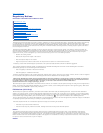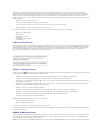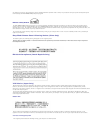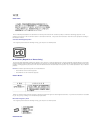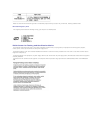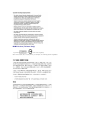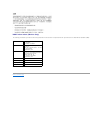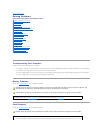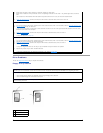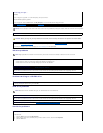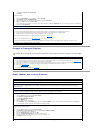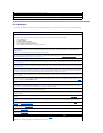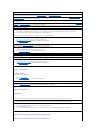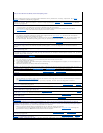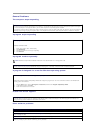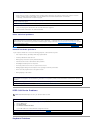
Drive Problems
Fill out the Diagnostics Checklist as you complete these checks.
Floppy drive problems
2. Ensure that each card is firmly seated in its connector. Reseat any loose cards.
3. Ensure that all cables are firmly connected to their corresponding connectors on the cards. If any cables appear loose, reconnect
them.
For instructions on which cables should be attached to specific connectors on a card, see the card's documentation.
4. Close the computer cover, reconnect the computer and devices to electrical outlets, and then turn them on.
Test the video card —
1. Turn off the computer and devices, disconnect them from electrical outlets, wait 10 to 20 seconds, and then open the computer cover.
2. Remove all cards except the video card.
If your primary hard drive is connected to a drive controller card and not to one of the system board IDE connectors, leave the drive
controller card installed in the computer.
3. Close the computer cover, reconnect the computer and devices to electrical outlets, and turn them on.
4. Run the Dell Diagnostics.
If any of the tests fail, contact Dell.
Test the cards —
1. Turn off the computer and devices, disconnect them from electrical outlets, wait 10 to 20 seconds, and then open the computer cover.
2. Reinstall one of the cards that you removed previously.
3. Close the computer cover, reconnect the computer and devices to electrical outlets, and turn them on.
4. Run the Dell Diagnostics.
If any of the diagnostics tests fail, the card you just reinstalled is faulty and needs to be replaced.
5. Repeat this process until you have reinstalled all cards.
If you have reinstalled all of the cards and the problem is not resolved, contact Dell.
Ensure that Windows
®
recognizes the drive — Click the Start button and click My Computer. If the floppy drive is not listed, perform a full
scan with your antivirus software to check for and remove viruses. Viruses can sometimes prevent Windows from recognizing the drive.
Test the drive —
l Insert another disk to eliminate the possibility that the original floppy disk is defective.
l Insert a bootable floppy disk and restart the computer.
Ensure that the disk is not full or write-protected — Ensure that the disk has available space and that it is not write-protected (locked).
See the following illustration.
1
back of floppy disk
2
write-protected
3
not write-protected



